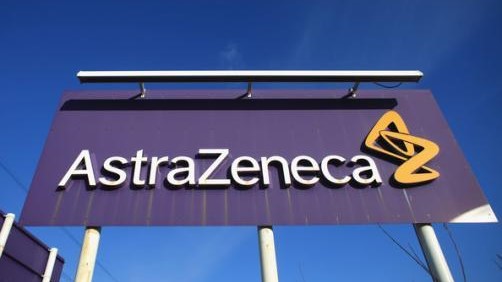AZ hopes diabetes drug could be as effective as gastric band

AstraZeneca is preparing an assault on the growing market for GLP-1-class diabetes drugs with a dual action molecule that the firm hopes could be as effective as a gastric band – and may even have potential in the lucrative market to treat “fatty liver” disease nicknamed NASH.
In an interview with pharmaphorum, Ludovic Helfgott, AstraZeneca’s vice-president for cardiovascular, renal and metabolism, highlighted encouraging mid-stage data from MEDI0382, a potential first-in-class dual action drug that activates both GLP-1 and glucagon receptors critical for metabolic function.
AZ is hoping to increase its presence in diabetes, which stems mainly from a group of drugs it acquired from Bristol-Myers Squibb after buying out the US pharma’s share of an alliance in 2014.
The deal added several diabetes drugs to AZ’s portfolio, including the weekly GLP-1 Bydureon (exenatide), and the DPP-4 class drug Onglyza (saxagliptin).
But these drugs have been on the market for some time and AZ is trying to find better alternatives in case cheaper generics get to market.
In the short term, Novo Nordisk’s Ozempic (semaglutide) weekly GLP-1 looks likely to raise the standard of care, particularly as the drug could become available in a patient-friendly daily pill.
Eli Lilly's Trulicity (dulaglutide) is also giving Novo Nordisk's well-established daily GLP-1 Victoza (liraglutide) a run for its money.
Developed by AZ’s MedImmune biologics unit, MEDI0382 is not a small molecule like many of the GLP-1 class drugs on the market, such as Ozempic.
MEDI0382 is a peptide that mimics the effect of oxyntomodulin, a hormone released after meals that activates both types of receptors – a dual action that AZ says is different from other approaches.
AZ last month published data at the American Diabetes Association from a phase 2a trial showing significant reductions in fasting plasma glucose, and postprandial glucose compared with placebo in type 2 diabetes patients.
The drug also produced a significant weight loss of 3.8kg from baseline, compared with 1.7kg with placebo, and with 92% of patients treated with MEDI0382 losing more than 2kg. It also seems to be safe and tolerable based on this preliminary data.
Tantalisingly, the drug also reduces liver fat – which means that it could be a potential candidate to treat non-alcoholic steatohepatitis (NASH), the “fatty liver disease” targeted by big pharma as a source of billion-dollar plus revenues.
[caption id="attachment_44278" align="alignleft" width="115"] Ludovic Helfgott[/caption]
Ludovic Helfgott[/caption]
Helfgott described MEDI0382 as an “exquisite” molecule that rivals have been unable to create.
He said: “The idea is to create a drug that will mimic the effect of bariatric surgery. This could be a new class of drug that is the next generation after GLP-1 drugs. It could be the metabolic drug par excellence.”
AZ hopes that the drug will produce a durable effect, so that patients still enjoy its benefits after several years of treatment.
Helfgott said that if MEDI0382 turns out to be as good as AZ hopes, it won’t matter whether it is taken daily, or weekly - with previous GLP-1 class drugs the convenience of a weekly dose has been a major selling point.
“Daily doses would not be an issue if the benefit is great. We are working on different formulations and we don’t believe this will be an issue,” said Helfgott.
With phase 2a data already published, Helfgott said that AZ is busy analysing data to determine next steps, and could not give an estimate about how long clinical development will take.
But a head-to-head trial against a GLP-1 or other diabetes drug is likely given the crowded nature of the market, he said.
“We are definitely considering comparator trials,” he said. The next stage is phase 2b data, and Helfgott sounded a note of caution, saying that AZ will not rush development, and will want to make sure that the development process is robust.
“We are super-excited – but we want to make sure that what we do is ‘science-proof’,” he concluded.




